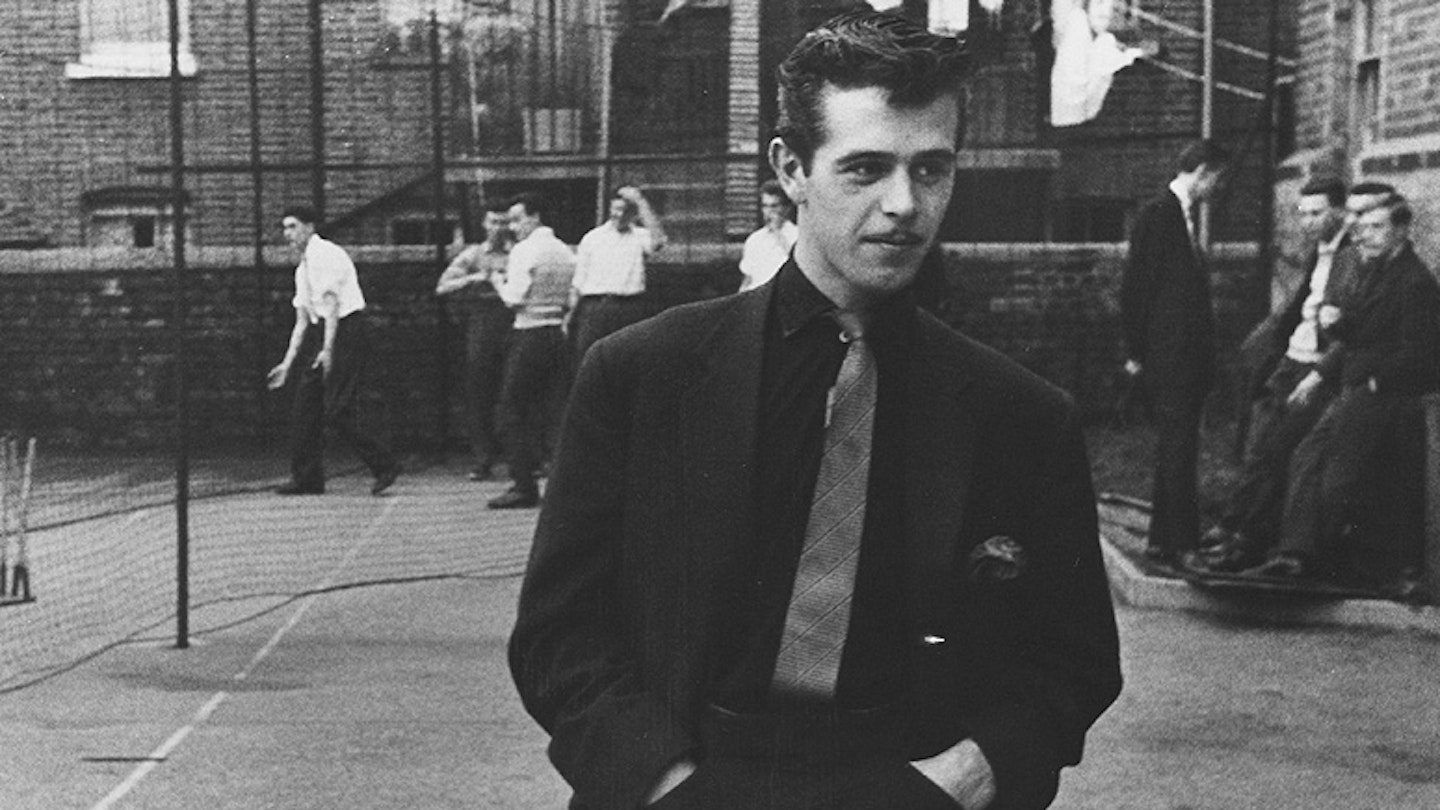Key filmmakers: Lindsay Anderson, Karel Reisz, Tony Richardson, Lorenza Mazzetti
Key dates: 1956-1959
**What is it? **One for the documentary lovers out there, Free Cinema, like its French New Wave brethren, emerged from a vibrant film mag culture to give British filmland a slap in the chops. Where Truffaut, Godard and Chabrol had Cahiers du Cinéma, Lindsay Anderson, Tony Richardson and Karel Reisz wrote for Sequence and the BFI’s house publication Sight & Sound. The trio, as well as new voices like Slade School student Lorenza Mazzetti and film writer Gavin Lambert, railed against the nostalgic worldview of John Grierson and his kin, as well as the one-eyed propaganda of the war years, with punchy docs that homed in on the grit in England’s shoe: poverty. They wanted to show the country as it really was, and used 16mm handheld cameras to get out onto the streets of Lambeth, Wood Green, Margate and other working class areas and do exactly that. The results, shorn of comforting voiceovers, could be grim but, as Lambert pointed out of Anderson’s O Brother, their nightmares were “redeemed by the point of view which is emphatically humane”.
Helpfully for a group needing a showcase for its work, Reisz was programmer at the National Film Theatre. Thanks to some cunning booking, the NFT hosted six short documentaries seasons between 1956 and 1959 where bold viewers could witness works by the movement’s key players, as well as exciting new foreign filmmakers such Roman Polanski, Claude Chabrol and François Truffaut. They wouldn’t have been delayed long: Mazzetti’s Together was the longest of the films at a hardly bum-numbing 52 minutes, while Anderson’s O Dreamland and Richardson’s Momma Don't Allow clocked in at 12 and 22 minutes respectively. Together’s depiction of East End privation caused such a stir that Mazzetti was twice ferried to the Panorama studies to discuss it on national TV.
What to watch: O Dreamland{
What did it influence? British New Wave and its Angry Young(ish) Men burst out of Free Cinema’s anything-is-possible ethos like an energy surge. Richardson, Anderson and Reisz straddled both movements and their DNA is also evident in the films of Ken Russell, Lynne Ramsay, Ken Loach, Shane Meadows and Andrea Arnold, among many others.
Trivia: Lindsay Anderson and Lorenza Mazzetti jotted down Free Cinema’s manifesto on a table in The Kitchen Soup Café on Charing Cross Road in January 1956.
What to say: “Perfection is not an aim.”
What not to say: “Free Cinema? Is that what it’s called when you pirate it?”
